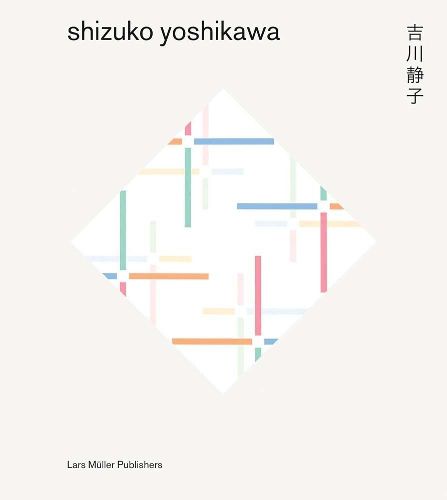Readings Newsletter
Become a Readings Member to make your shopping experience even easier.
Sign in or sign up for free!
You’re not far away from qualifying for FREE standard shipping within Australia
You’ve qualified for FREE standard shipping within Australia
The cart is loading…






Japanese-born Swiss abstract painter Shizuko Yoshikawa (born 1934) was one of the first and few Japanese students at the Ulm School of Design, known as the postwar Bauhaus. She later married the renowned designer Josef Muller-Brockmann (1914-96), a pioneer of Swiss graphic design, and moved to Switzerland, where she became an artist and a member of the second generation of constructive-concrete artists - among the very few women belonging to this art movement. Yoshikawa’s painting combines the rational concepts of European modern art with the poetry and ease of the Zen tradition. This first monograph on Shizuko Yoshikawa’s work contains a major essay by art historian Gabrielle Schaad and a contribution by Midori Yoshimoto, highlighting the life of the artist and interpreting her oeuvre in a Japanese context. 236 illustrations
$9.00 standard shipping within Australia
FREE standard shipping within Australia for orders over $100.00
Express & International shipping calculated at checkout
Japanese-born Swiss abstract painter Shizuko Yoshikawa (born 1934) was one of the first and few Japanese students at the Ulm School of Design, known as the postwar Bauhaus. She later married the renowned designer Josef Muller-Brockmann (1914-96), a pioneer of Swiss graphic design, and moved to Switzerland, where she became an artist and a member of the second generation of constructive-concrete artists - among the very few women belonging to this art movement. Yoshikawa’s painting combines the rational concepts of European modern art with the poetry and ease of the Zen tradition. This first monograph on Shizuko Yoshikawa’s work contains a major essay by art historian Gabrielle Schaad and a contribution by Midori Yoshimoto, highlighting the life of the artist and interpreting her oeuvre in a Japanese context. 236 illustrations